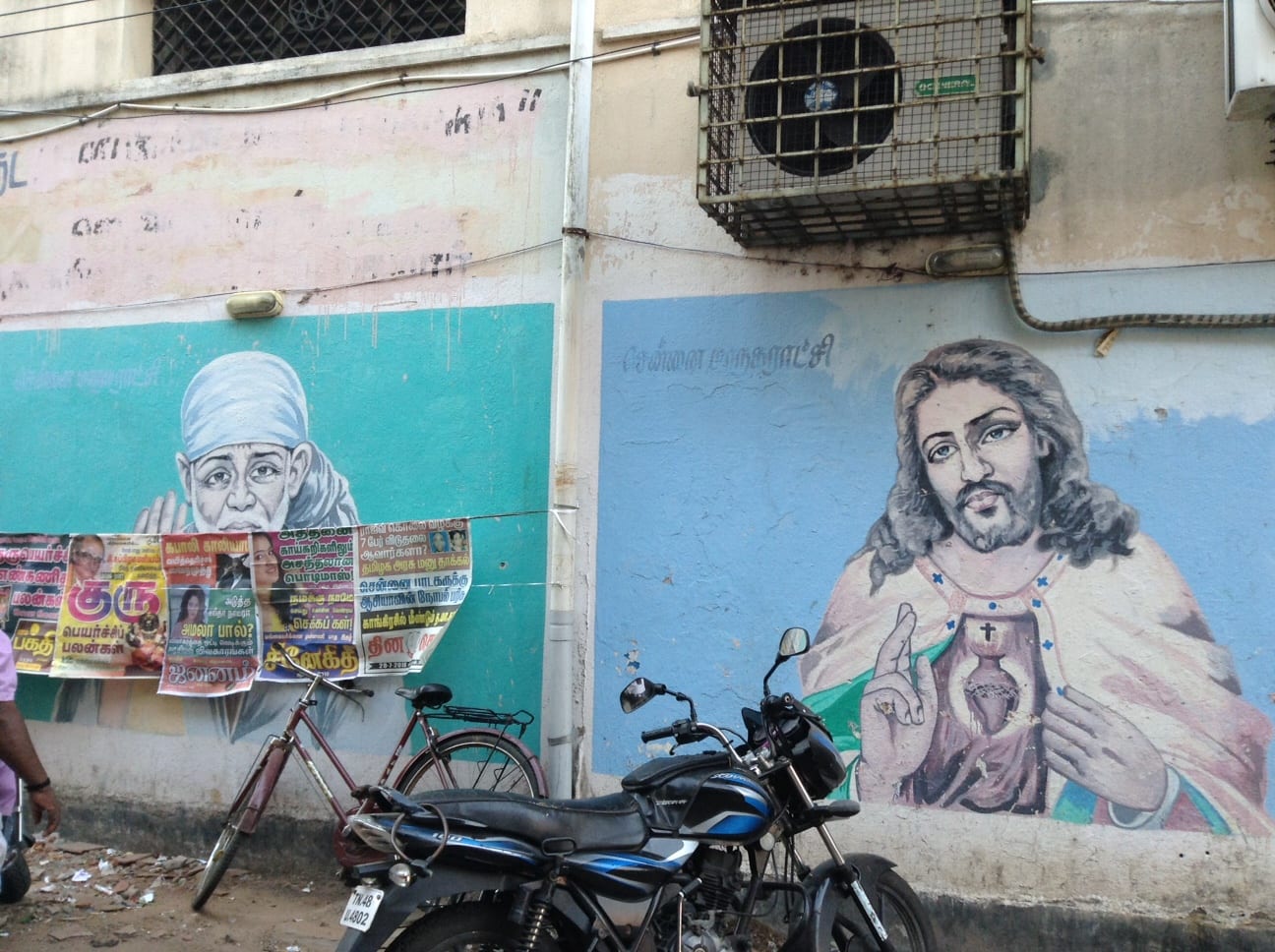After the whirlwind of Delhi and Agra, we travelled to Hyderabad, which is located in Southern India. As soon as we left the plane, you could feel the temperature difference. Walking from the plane, up into the airport, it was significantly warmer than our entire time in Delhi. Leaving the airport, it was very apparent that we were in a new place. While we were still in a city, Hyderabad is much more spread out than Delhi, there is more space between buildings. The women were all dressed in traditional clothing, burqas and sarees, instead of a mix between traditional and more western clothing that we found in Delhi. We travelled from the airport to HMI, the place we would be staying for two weeks. HMI, the Henry Martyn Institute, is a institution committed to interfaith relations and reconciliation through academic work and community development. The campus of HMI is a world of its own, with a lush green garden with a meditation room in the center of it, an academic building and a hostel for students and visitors. The entire campus is surrounded by a tall wall and makes it feel like a different world, which can be juxtaposed to the city of Hyderabad. HMI is quiet and relaxed while the city of Hyderabad is busy and loud. On one of our first days at HMI, we visited a community project center run by HMI. The center included an elementary school, a women’s center and a clinic. HMI’s goal is interfaith relations and that was evident at the project. Among the women running the center, both Muslims and Hindus were represented. In the school, the children were all different religious background, Christians, Muslims and Hindus. Majority of the time this could be seen through the clothing of the women and children. It was eye-opening to see the work of HMI in action, the goal of trying to form bonds between religions. Seeing this has forced us to look at interfaith relations in a different light, it’s more than just dialogue, it’s also actions.
